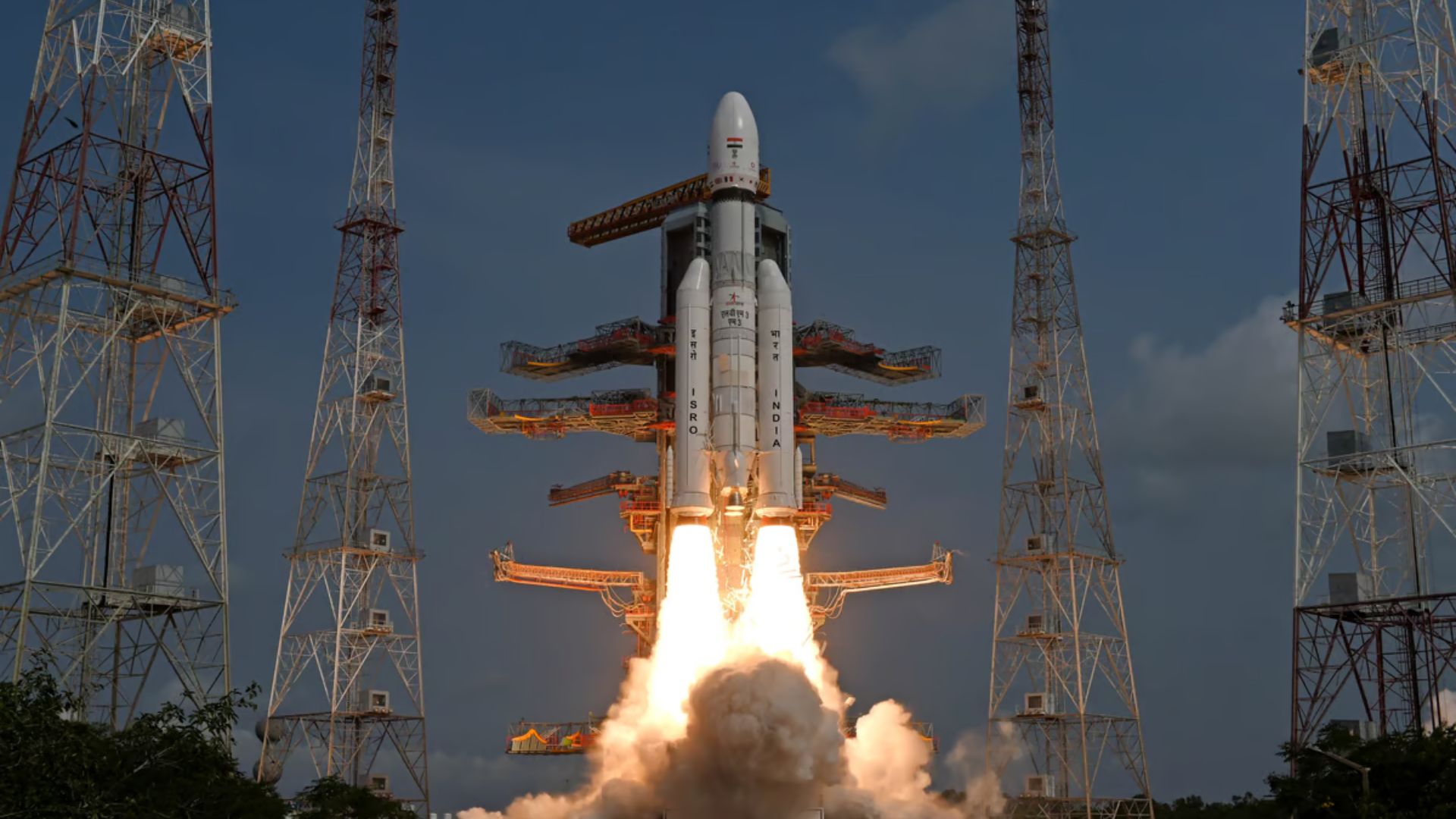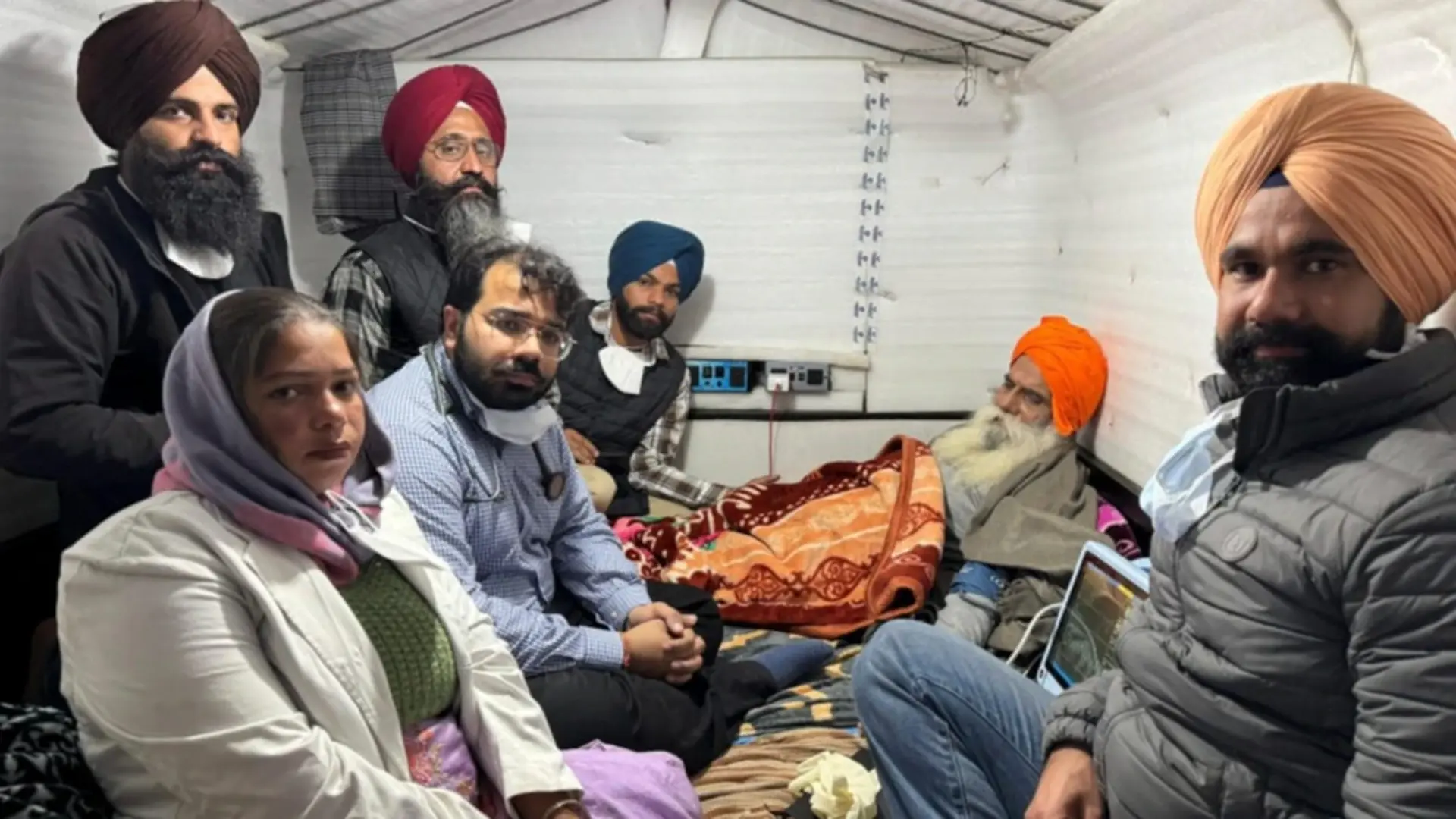The Union Cabinet, led by Prime Minister Narendra Modi, has approved the Chandrayaan-4 mission, which aims to develop and demonstrate technologies for landing on the Moon, collecting lunar samples, and returning them safely to Earth. The mission represents a significant step forward in India’s space exploration efforts.
#CabinetDecisions ||#Cabinet approves the mission to moon, named Chandrayaan-4 to develop and demonstrate the technologies to come back to Earth after successfully landing on the Moon and also collect moon samples and analyze them on Earth.@AshwiniVaishnaw | #Chandrayaan4 pic.twitter.com/QoDqZ8poaX
— All India Radio News (@airnewsalerts) September 18, 2024
Union Minister Ashwini Vaishnaw, addressing reporters in the national capital, stated, “Chandrayaan-4 mission has been expanded to add more elements. The next step is to get the manned mission to the Moon. All preparatory steps towards this have been approved.” He also confirmed the approval of other space exploration projects, including the Venus Orbiter Mission, Gaganyaan follow-on, Bharatiya Antariksh Station, and the development of the Next Generation Launch Vehicle.
The government has allocated a budget of ₹2,104 crore for the Chandrayaan-4 mission, with a completion timeline set for 36 months. The mission aims to lay the foundation for an Indian manned moon landing, planned by 2040. It will demonstrate essential technologies, such as docking/undocking, safe return to Earth, lunar sample collection, and analysis.
As part of a broader vision for India’s space program during the Amrit Kaal (India’s centenary), the government has outlined ambitious goals, including the establishment of an Indian Space Station (Bharatiya Antariksh Station) by 2035 and an Indian landing on the Moon by 2040. A series of Gaganyaan and Chandrayaan follow-on missions are envisaged, along with the development of space transportation and infrastructure capabilities.
The success of the Chandrayaan-3 mission, which accomplished a safe and soft landing on the lunar surface, has paved the way for the Chandrayaan-4 project. This mission is considered a natural successor and is set to demonstrate India’s ability to collect lunar samples and return them to Earth.
The Indian Space Research Organisation (ISRO) will oversee the development and launch of the spacecraft, managing the project through established protocols. The mission’s success will rely on significant participation from Indian industry and academia. Additionally, all critical technologies for Chandrayaan-4 are planned to be indigenously developed, promising a boost in employment potential and technological advancements across other economic sectors.
The ₹2,104.06 crore budget for Chandrayaan-4 covers spacecraft development, two launch vehicle missions of LVM3, external deep space network support, and special tests for design validation. The mission includes a comprehensive plan for landing on the Moon, collecting samples, and ensuring a safe return to Earth.
The Chandrayaan-4 mission will enable India to become self-sufficient in the critical technologies required for manned lunar missions, sample return, and scientific analysis of lunar material. Indian academia will be actively involved in this mission through science meets and workshops. Furthermore, facilities for curating and analyzing the lunar samples will be established, marking these samples as valuable national assets.
ISRO will spearhead the mission with its expertise, and the project is expected to be completed within the stipulated 36-month period. The mission not only furthers India’s lunar exploration capabilities but also sets the stage for more advanced manned missions in the future.























